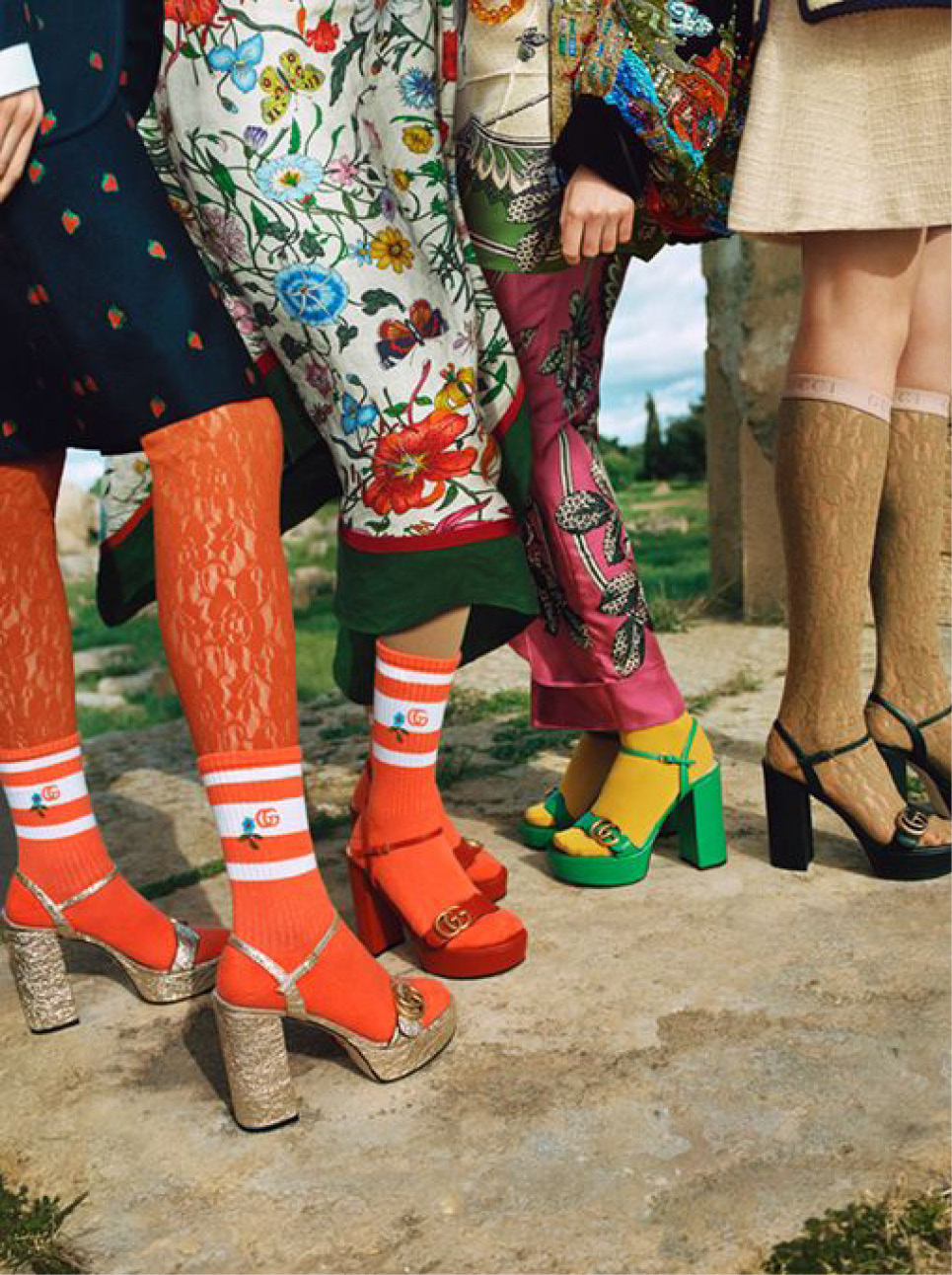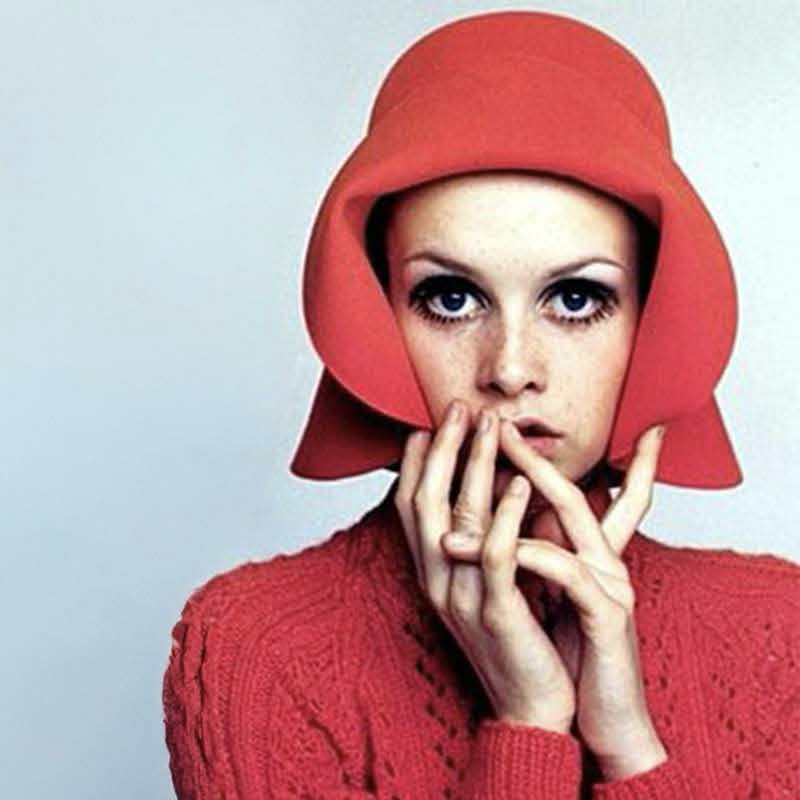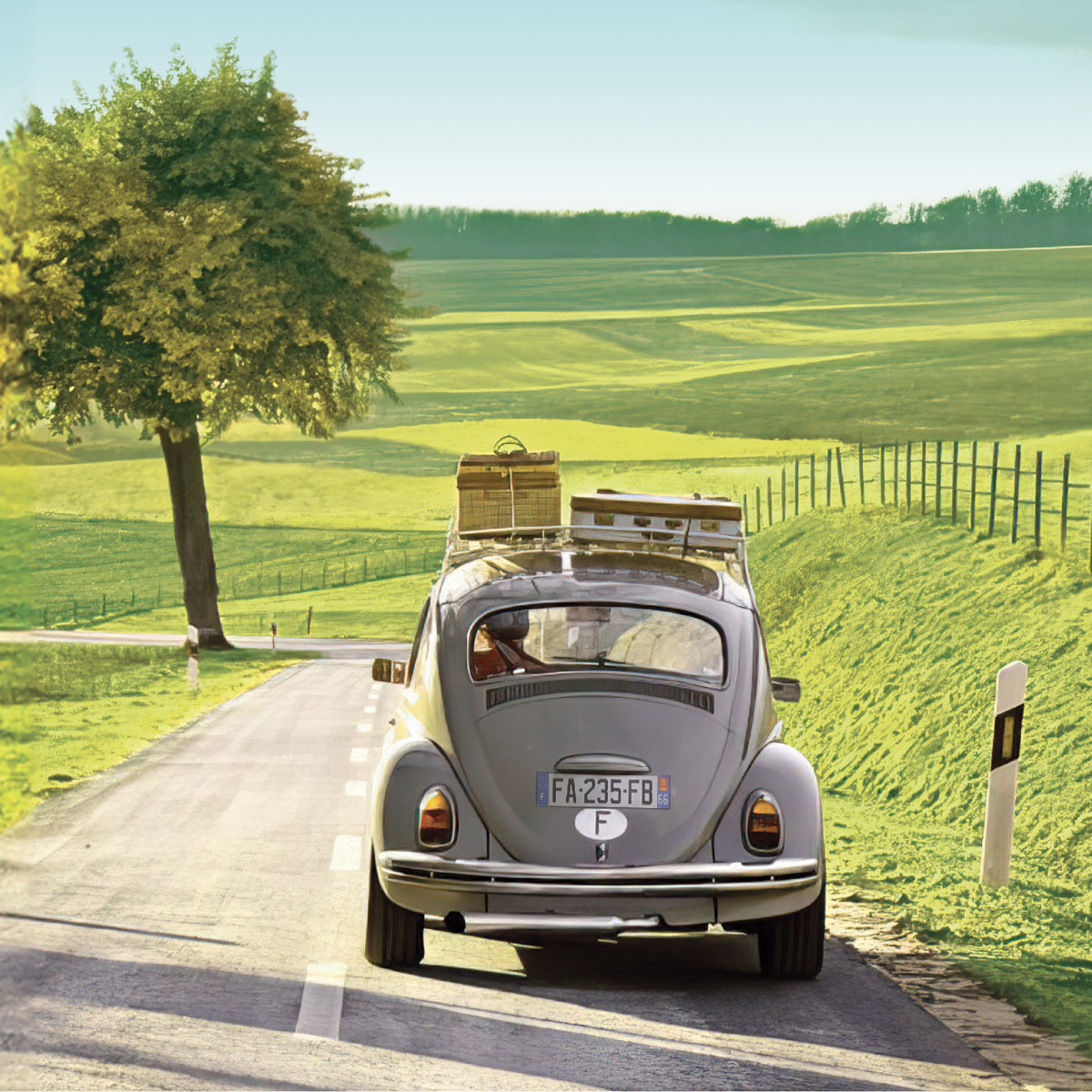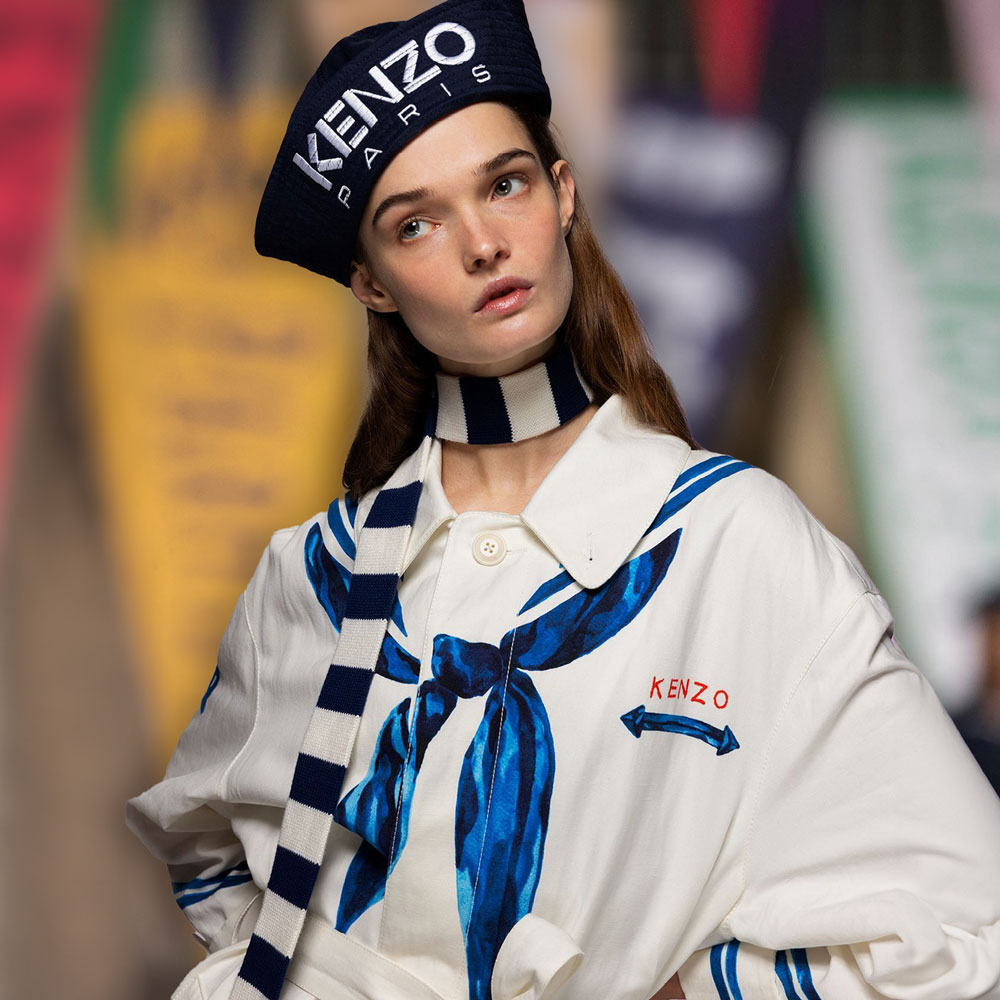Guccio Gucci...
Cultivating the art of the unexpected and the choice of tradition, Gucci astonishes and invites audacity. For more than 100 years, the Florentine House has been writing its history through strong and unique creations. With iconic, uncompromising, diverse, and faithful style, Gucci shakes up the fashion codes while cherishing its heritage.
As the son of a leather goods maker, Guccio Gucci left Florence for Paris before moving to the Savoy Hotel in London at the start of the 20th century. While working as a butler, the young man marvelled at the elegant clients and their fine luggage. These accessories had a profound effect on Guccio, who opened a travel goods store upon his return to his hometown in 1920. Inspired by the equestrian world, the entrepreneur combined the know-how of the artisans of his region with European fashion, making the stirrup his signature element. Success came not long after, as Gucci became synonymous with Italian chic.
When the patriarch passed away, the four Gucci sons took over the reins of the company, which was experiencing its Golden Age. Throughout the 1950s and 1960s, Gucci was driven by an unprecedented creative impulse. A pioneer of logomania, the House introduced its “double G”, made the tricolour stripe its new emblem, and imposed itself on the most famous celebrities: Jackie Kennedy even gave her name to an already iconic bag. Avant-garde and inventive, Gucci adapted and reinvented itself. Faced with the shortage of leather at the end of the Second World War, it unveiled the Bamboo bag characterised by its bamboo handle which would cross the decades without losing its aura.
Guccio Gucci...
Other big names have contributed to building the extraordinary destiny of Gucci. In the 1990s, the American designer Tom Ford, supported by the editor-in-chief of Vogue Paris, Carine Roitfeld and the photographer Mario Testino, created an air of seduction, bringing tuxedos and little satin dresses up to date. In 2004, Frida Giannini made the brand shine even further: the designer reinterpreted the Flora print and the horsebit moccasin, launched the first men’s fragrance and founded the Gucci Museum in Florence. Since 2015, the artistic direction has been entrusted to the prodigious Alessandro Michele. Passionate about the Renaissance, Visconti and Art Deco, Alessandro Michele, adored by his peers, orchestrates a revolution, and transforms the brand without ever betraying its codes or DNA.
An Evolving Icon



Most recent articles


It’s London o’clock!
Copyright Arlettie 2025

